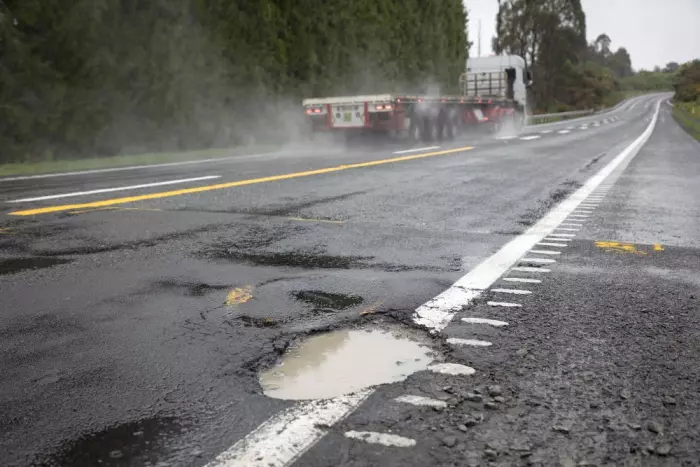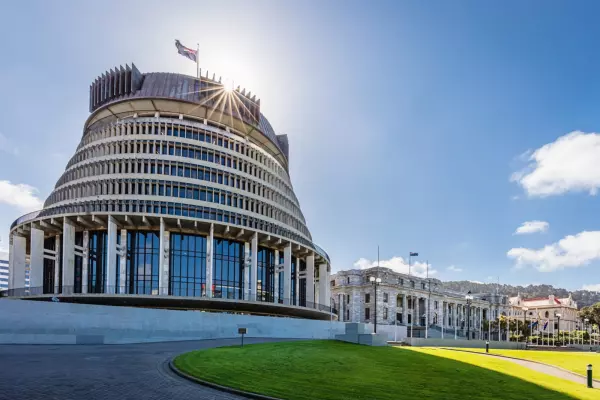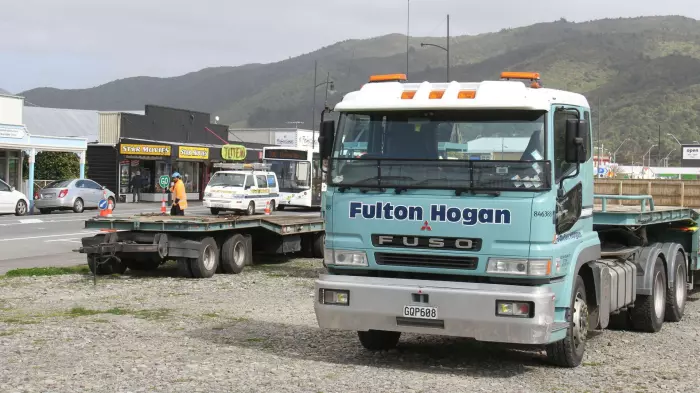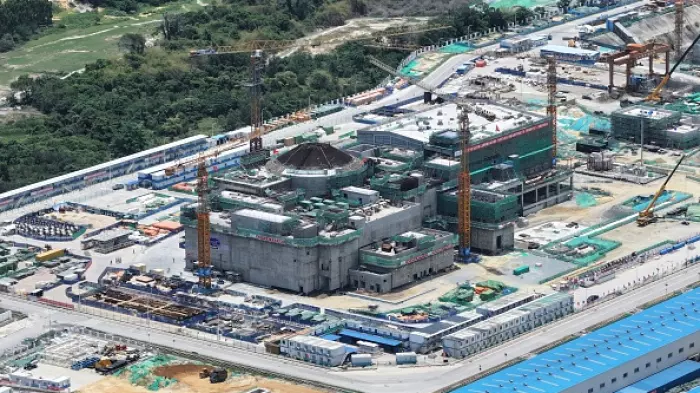We can repair potholes. That’s a short-term fix.
We can replace asphalt road surfaces. That’s a medium-term fix.
As Cyclone Gabrielle has shown, New Zealand requires a durable, long-term solution. The government must give serious consideration to building concrete roads, particularly for our critical arterial routes.
In the first months of this year, the state of our roads across the country commanded a large chunk of the media spotlight, as a plague of potholes resulted in record numbers of complaints, and hot weather saw asphalt surfaces coming unstuck.
This has only been exacerbated by flooding in northern New Zealand, and the significant impact of Cyclone Gabrielle has shown that our transport networks are nowhere near as resilient as we would like to think they are.
This week, prime minister Chris Hipkins told media that “we have to get real about some of the roads and the fact we are going to have to move some of the roads to where they are more resilient.”
If we want to build resilience for our transport network by re-routing roads as the prime minister suggests, we must also ensure that the materials they are built with are also resilient.
End of life expectancy
Figures from Waka Kotahi New Zealand Transport Agency show 32% of Aotearoa’s roading surface area is overdue for renewal. That doesn’t mean all our roads will fail, but it does mean a significant portion of our roads have now reached the end of their life expectancy.
An increase in severe and medium-impact weather events will intensify that problem, and given delays in upkeep, it is likely the problem will get worse before it gets better. A forecast increase in net migration into next year will only add to traffic volumes.
The level of maintenance work required to our asphalt road network is colossal. The inherent durability of concrete roads would lessen this burden, a priority as the impact of climate change will make extreme weather events more frequent.
Waka Kotahi has previously expressed some concern about concrete roads. However, access to buried services, skid resistance, surface noise and seismic resilience can all be accounted for through appropriate design, as demonstrated by their adoption in jurisdictions such as Sweden, Japan and the United States, among others.
The final consideration is cost. Using Waka Kotahi’s 40-year required service life and discounting rate, which determines the difference between present and future value, Infometrics has calculated that concrete roads are potentially 30% less expensive than asphalt roads in some scenarios.
The business case for concrete roads is compelling. Concrete roads have a reputation for decades of safe use, and hundreds of millions of journeys, with very little maintenance.
For instance, in 2020, England began a five-year project to replace and repair around 650km of concrete roads, about 4% of its motorway and long-distance roading network.
These roads were largely built in the 1960s and 70s, making some of them more than 60 years old. This is testament to concrete’s durability.
The pothole problem
Waka Kotahi must also consider the wider economic cost of maintaining asphalt roads, particularly given heavier traffic loadings, closures and delays for maintenance, repair work for damaged vehicles, impacts on efficiency for road carriers, and the transition to net-zero carbon.
Concrete NZ is working with our industry partners to reach net-zero carbon by 2050, and a 30% reduction in emissions by 2030. We have already achieved a 15% carbon reduction between 2005 and 2018.
In addition to focussing on CO2-generating processes, the wider industry has also worked to enhance its environmental practices by diverting/recycling waste streams (including returned concrete) away from landfill and into usable construction products.
The range of low-carbon concretes available on the NZ market, which make use of natural and recycled cement replacements, is growing to meet demand from both specifiers and their clients.
Furthermore, concrete roads (along with all exposed concrete surfaces) can absorb CO2 in a process referred to as ‘carbon uptake’, a fact now recognised by the United Nations’ Intergovernmental Panel on Climate Change (IPCC).
Conversely, bitumen – the primary ingredient of our asphalt roads – is a by-product of the oil-refining process. Its prolonged use does not align with our national target to reach net-zero carbon by 2050.
We already have an answer to our pothole problem – one that aligns with our national priorities. To paraphrase the well-known saying: the best time to build a concrete road was 40 years ago. The second-best time to build one is today.










